India and the Philippines have conducted their first joint naval exercises in the contested South China Sea, signaling a new strategic alignment that challenges China’s territorial assertions.
The two-day naval operation, which began Sunday, marked a historic collaboration between the two Asian democracies, both of whom have ongoing disputes with Beijing, India over their Himalayan border, and the Philippines over maritime claims in the South China Sea. China, which claims almost the entire South China Sea, saw the joint deployment as an antagonistic move undermining regional peace.
Chinese Vessels Shadow Joint Patrols As Regional Tensions And Territorial Disputes Intensify Rapidly
Although no direct confrontation occurred, Philippine military officials reported being “shadowed” by Chinese vessels during the exercise. Two Chinese warships, including a guided-missile destroyer, were detected around 25 nautical miles from one of the Philippine Navy ships.
The Chinese military’s Southern Theater Command described its own maneuvers in the area as routine patrols while warning that such joint patrols involving “outside countries” threaten regional stability. China’s Foreign Ministry reiterated its stance that disputes should be handled without third-party involvement.
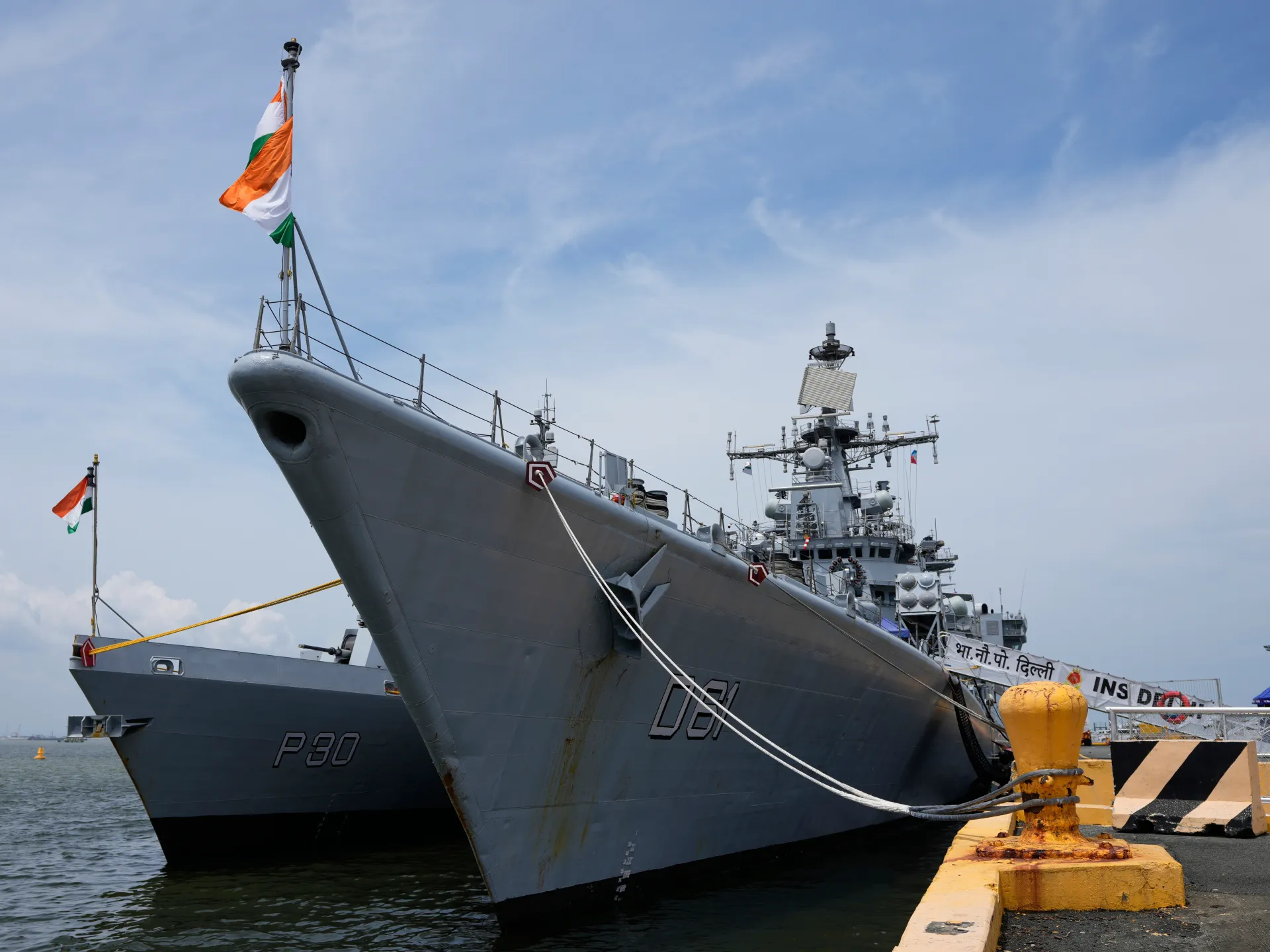
China’s tensions with the Philippines stem from its sweeping maritime claims in the South China Sea, which clash with the claims of other regional states like Vietnam, Malaysia, Brunei, and Taiwan. Separately, its border conflict with India in the Himalayas has led to both a brief war in 1962 and several deadly clashes in recent years.
As Beijing grows more assertive in asserting its territorial claims, regional actors are increasingly forging new military ties and partnerships, challenging China’s dominance.
Philippines Deepens Defense Ties With India Amid Growing Regional Tensions And Cooperation
The Philippines has intensified maritime collaborations beyond its longstanding treaty with the United States, partnering with Japan, Australia, France, and now India. These efforts aim to reinforce freedom of navigation and deterrence amid China’s growing aggression.
Philippine military chief Gen. Romeo Brawner emphasized the necessity of deterrence through both internal military modernization and strategic cooperation with like-minded democracies. He highlighted the joint operation with India as a reflection of shared values and commitment to a rules-based order.
Reinforcing the growing partnership, Philippine President Ferdinand Marcos Jr. departed Monday for a five-day state visit to India. His agenda includes discussions with Prime Minister Narendra Modi on defense, trade, agriculture, tourism, and pharmaceuticals.
During a recent event aboard the Indian Navy vessel INS Shakti, Brawner described the port call as more than symbolic, calling it a strong message of democratic solidarity in the Indo-Pacific. Both nations reaffirmed their commitment to maritime security and regional stability, highlighting their shared interests amid rising geopolitical tensions.

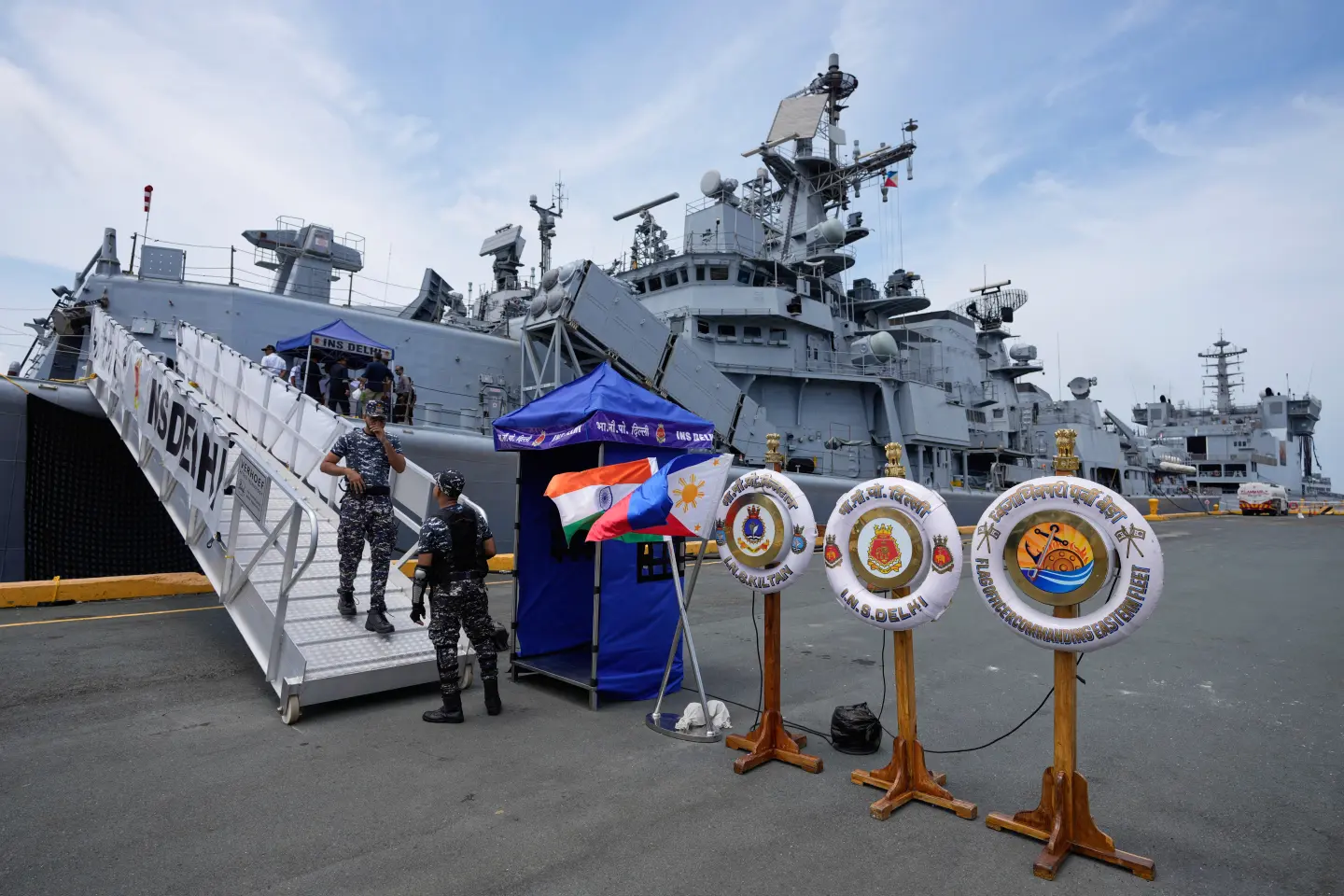







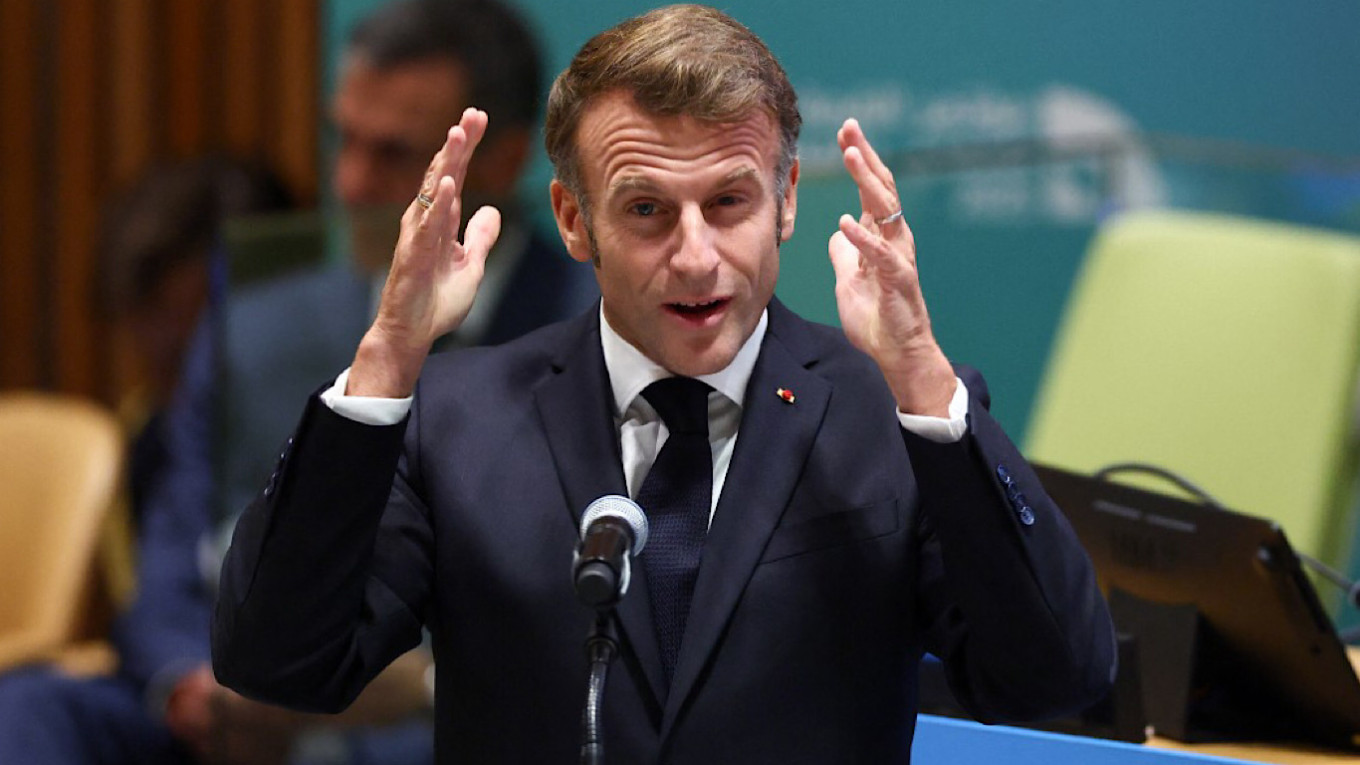
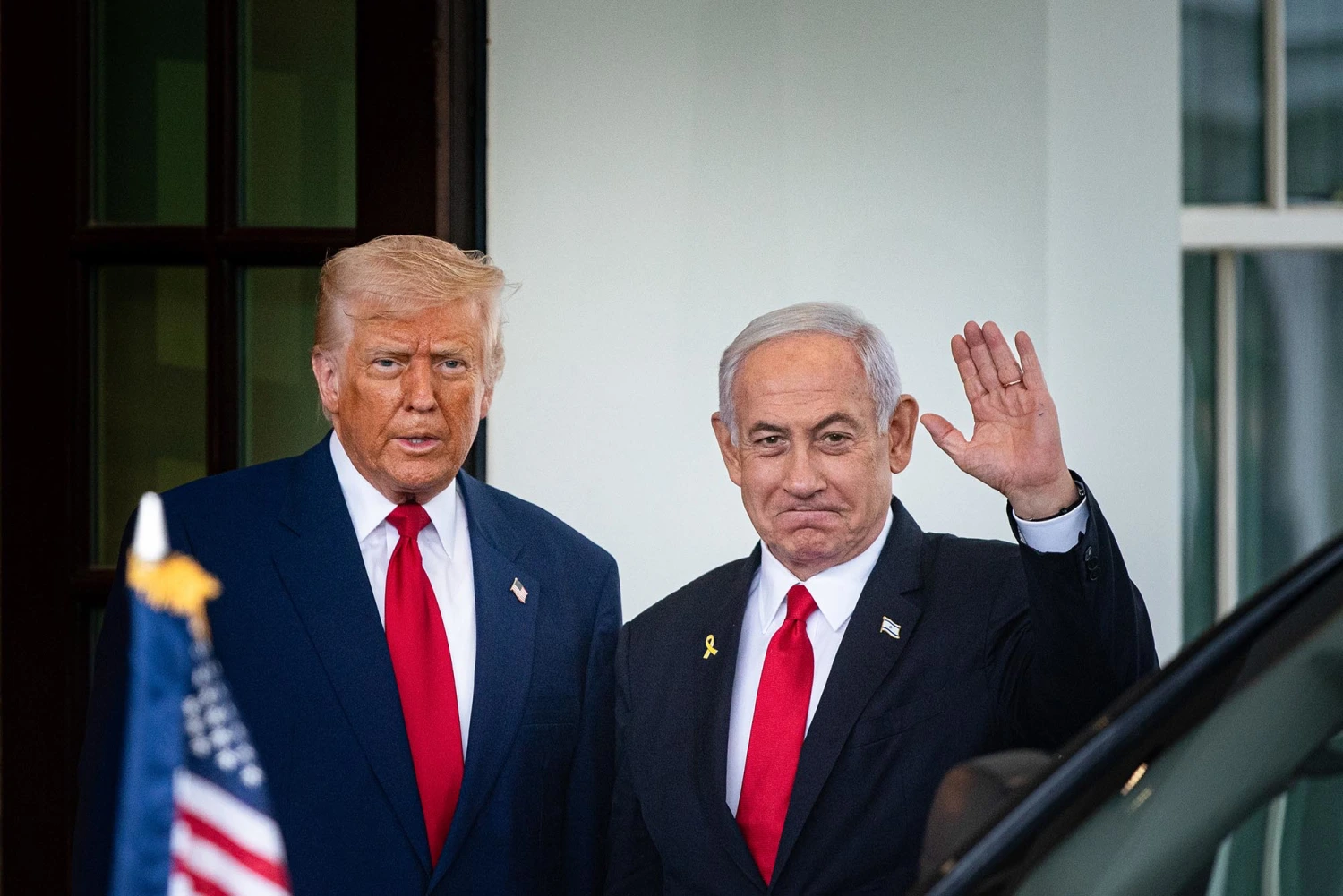
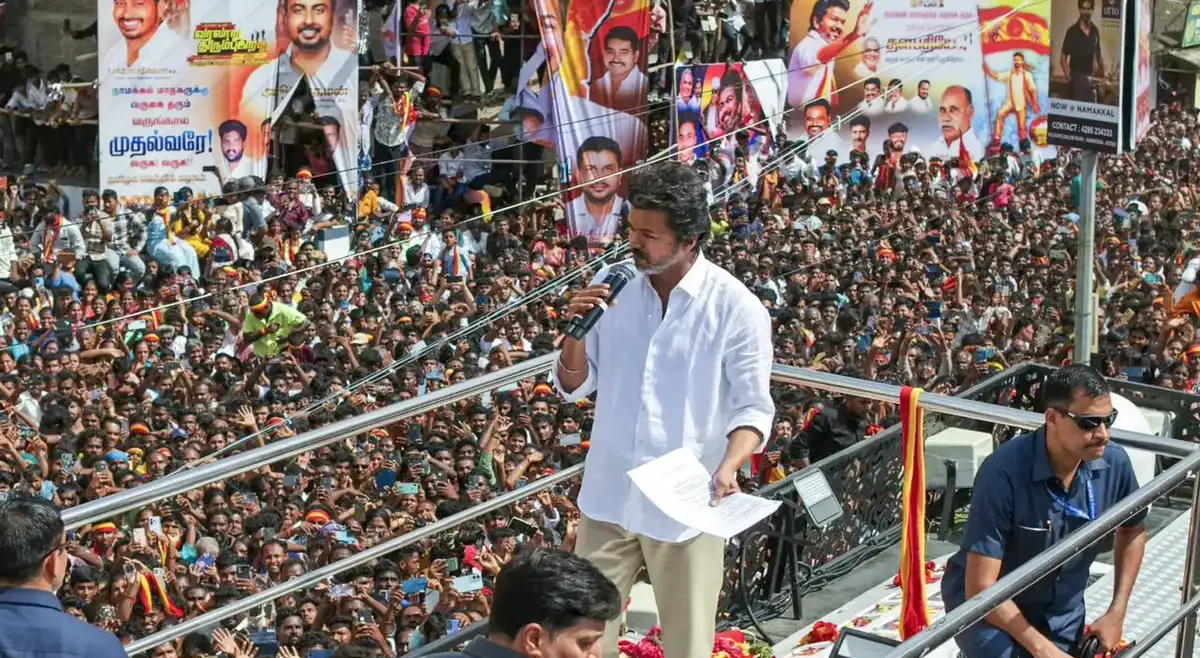
Leave a Reply